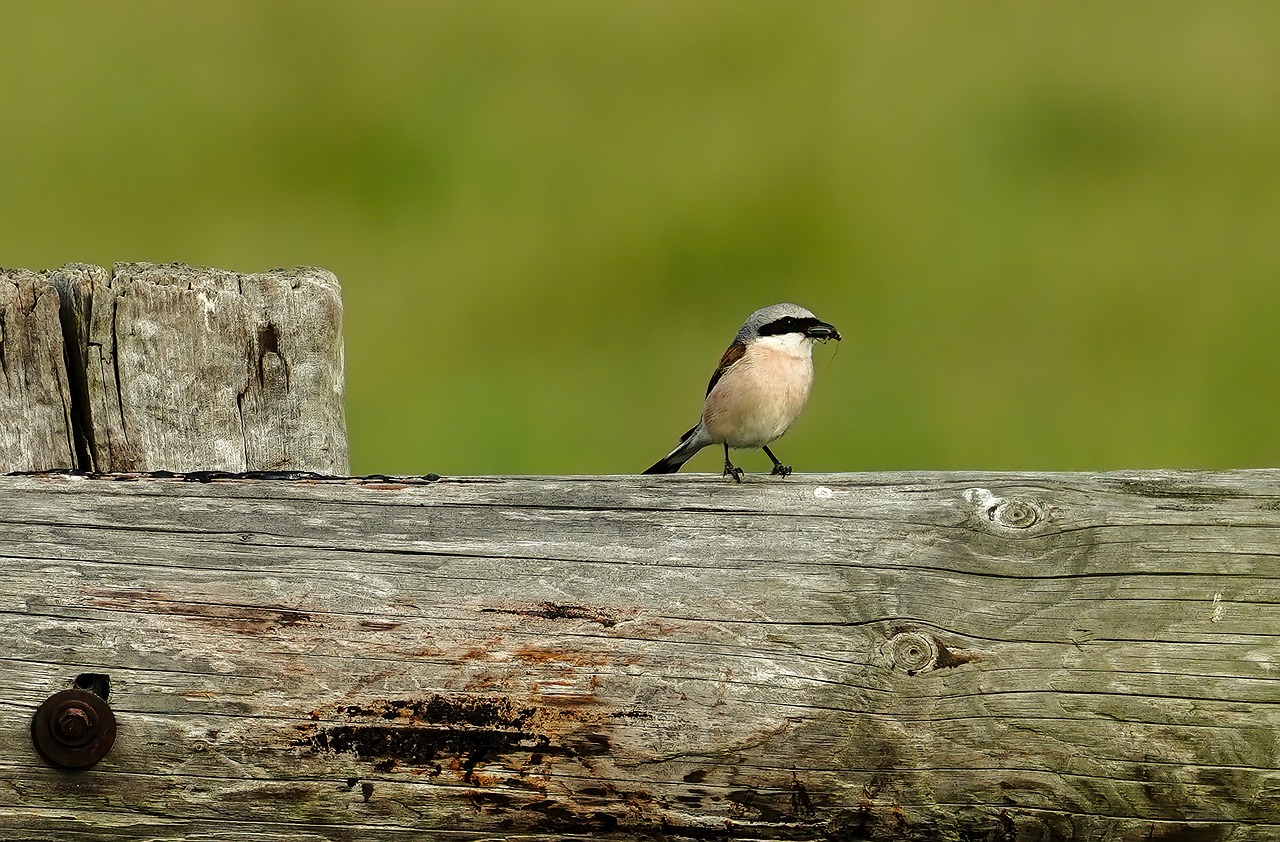Törnskatan i sydöstra Sverige: Biotop och revir
DOI:
https://doi.org/10.34080/os.v5.23012Nyckelord:
habitatdegradering, hot, bete, habitatval, födosöksekologi, lantbruk, naturvårdAbstract
The population of Red-backed Shrike Lanius collurio in Sweden has declined considerably over the last two decades. Changes in agricultural practices and forestry management have been suggested to be the main reasons for this decline. Territory and habitat of a population of Red-backed Shrikes were studied extensively for four decades, and more intensively during the last 5 years, in Gryt, southeastern Sweden. Territories were fairly small, 0.5–1 ha. Characteristics of the habitat and the shrikes' use of habitat are described. Open sunny areas with plenty of well-spread perches were important. About 1,000 prey items were recorded mainly by analysing food remains in nests and in pellets below perches. Hymenoptera (55% by number) and Coleoptera (36%) dominated strongly in the shrikes' diet, vertebrates making up only 2.3%. The studied population appears to have remained stable over the four decades. However, a decline is likely to start soon also in this area, mainly as a consequence of the fact that cattle-grazing of natural, scrub-rich pastures is ceasing at a fast rate. Possible measures to protect different kinds of habitat essential to Red-backed Shrikes are discussed.
Nedladdningar

Downloads
Publicerad
Referera så här
Nummer
Sektion
Licens
Författaren/författarna innehar copyright för varje enskilt bidrag, men samtliga bidrag är publicerade under en Creative Commons-licens, så att vem som helst kan dela och återanvända bidraget förutsatt att copyright-innehavaren erkänns.







